4.9
133 Google Reviews
At Pindrop hearing we perform a variety of hearing tests to check your child’s hearing levels. These tests are undertaken in our clinic by our specialist paediatric audiologist who has extensive experience working with children of all ages.
If your appointment is for a child under 5 years, please call us so that we can check your requirements.
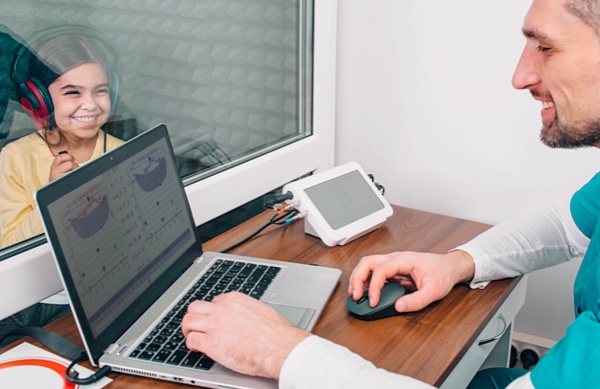
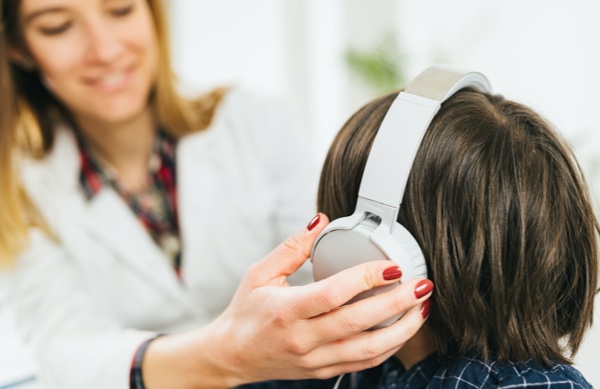
There are several reasons why your child may have a hearing problem, including temporary hearing loss from a common illness such as a cold.
Some possible causes of hearing loss that may be detected during our hearing assessments include:
If your appointment is for a child under 5 years, please call us so that we can check your requirements.

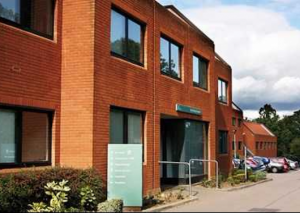
If your appointment is for a child under 5 years, please call us so that we can check your requirements.
If you have been referred for a test or are in need of our services, you can make your appointment by phone on 02074872660 or email [email protected] in the usual way.
In association with
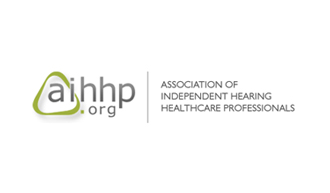

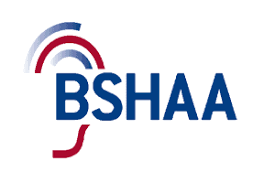



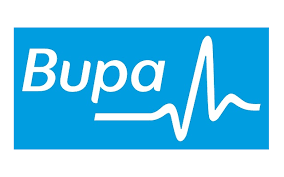




Pindrop Hearing Limited is registered in England and Wales No 05909296 Trading address 41 Harley Street, London, W1G8QH. Pindrop Hearing Limited acts as a credit broker and only offers credit products from Tabeo.
Pindrop Hearing Limited is authorised and regulated by the Financial Conduct Authority. Our registered number is 796909. Credit subject to age and status.
© Pindrop Hearing 2024